How to Identify High-Quality THCA Flower: Trichome Inspection Tips
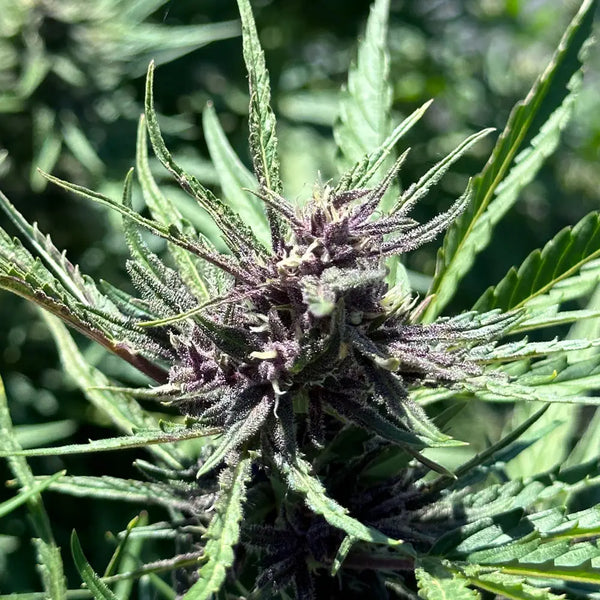
When shopping for cannabis products, understanding how to evaluate quality through visual inspection can make the difference between exceptional experiences and disappointing purchases. The key to identifying high quality THCA flower lies in mastering the art of trichome inspection—a skill that separates knowledgeable consumers from casual buyers.
Introduction: The Foundation of Quality Assessment
Visual inspection remains the most accessible and reliable method for evaluating cannabis quality before purchase. While laboratory testing provides definitive cannabinoid profiles, the naked eye and simple magnification tools can reveal crucial information about potency, freshness, and cultivation practices. The difference between premium and low-grade products becomes immediately apparent once you know what to look for.
What Separates Premium from Low-Grade Products
Premium THCA buds exhibit distinct characteristics that reflect careful cultivation, proper harvesting timing, and appropriate post-harvest handling. These flowers display dense trichome coverage, vibrant colors, and structural integrity that inferior products simply cannot match. Understanding these visual cues empowers consumers to make informed decisions and avoid common pitfalls in product selection.
Essential Tools for Inspection
Effective THCA flower inspection requires minimal equipment but maximum attention to detail. A jeweler's loupe with 30x magnification, good lighting conditions, and a clean surface for examination form the foundation of thorough assessment. Many consumers also benefit from having a small flashlight or LED light to illuminate samples properly, as natural lighting can vary throughout the day.
Understanding Trichome Structure and Function
Trichomes serve as the primary production sites for cannabinoids and terpenes in cannabis plants. These microscopic, mushroom-shaped structures contain the concentrated compounds that determine both potency and aromatic profile. The quality and density of trichomes directly correlate with the overall value and effectiveness of the final product.
Types of Trichomes
Cannabis plants produce three distinct types of trichomes, each contributing differently to the overall quality profile. Bulbous trichomes, the smallest variety, appear as tiny bumps across the plant surface. Capitate sessile trichomes are larger and more visible, while capitate stalked trichomes—the most important for quality assessment—stand prominently with distinct heads containing the highest concentrations of active compounds.
The Relationship Between Trichomes and Potency
THCA trichome quality directly influences the potency and therapeutic potential of cannabis flowers. High-quality trichomes appear plump, intact, and translucent to milky white in color. These characteristics indicate proper development and maximum cannabinoid content, while damaged, missing, or amber trichomes suggest degraded potency or improper handling.

Visual Indicators of Quality Trichomes
The appearance of trichomes provides immediate insight into product quality and freshness. Learning to recognize these visual indicators enables consumers to quickly assess potential purchases and avoid products that may not meet their expectations or standards.
Density and Distribution Patterns
THCA crystal density serves as one of the most reliable indicators of premium quality. High-grade flowers exhibit heavy trichome coverage that extends from the flower surfaces to the surrounding sugar leaves. This coverage should appear uniform rather than patchy, indicating consistent growing conditions and proper genetic expression.
Quality flowers often display what cultivators call "frost"—a dense coating of trichomes that gives buds a crystalline, almost snowy appearance. This frosting should be visible without magnification and become even more impressive under closer inspection. Sparse or uneven trichome distribution typically indicates suboptimal growing conditions, premature harvesting, or inferior genetics.
Color Variations and Their Meanings
Trichome color provides crucial information about harvest timing and product freshness. Clear or translucent trichomes indicate early harvest timing, while cloudy or milky white trichomes suggest peak potency timing. Amber or golden trichomes typically indicate degradation of THCA into other compounds, which may reduce the desired effects for many consumers.
The ideal THCA flower potency often corresponds with predominantly milky white trichomes, with minimal amber coloration. This color profile indicates that harvesting occurred at the optimal time for maximum cannabinoid content. However, some consumers prefer products with mixed trichome colors for more complex effects profiles.
Structural Integrity Assessment
High-quality trichomes maintain their structural integrity throughout the cultivation, harvest, and curing processes. When examining flowers under magnification, look for trichomes with intact heads attached to their stalks. Broken or missing trichome heads indicate rough handling, excessive agitation, or age-related degradation.
Top shelf THCA products preserve trichome integrity through careful handling at every stage of production. These flowers feel sticky to the touch but not overly wet, and they break apart cleanly without excessive crumbling or powder formation.
Advanced Magnification Techniques
While basic visual inspection provides valuable information, magnification tools reveal details that determine true quality differences between products. Proper use of these tools transforms casual observation into professional-level assessment capabilities.
Choosing the Right Magnification Level
Different magnification levels serve specific purposes in quality assessment. 10x magnification provides good general overview capabilities, while 30x magnification reveals individual trichome details clearly. 60x or higher magnification allows for detailed examination of trichome heads and structural integrity, though excessive magnification can make general assessment more difficult.
Most consumers find that 30x magnification offers the ideal balance between detail visibility and practical usability. This level allows clear observation of trichome color, density, and structural condition without requiring specialized lighting or mounting equipment.
Proper Lighting Considerations
Effective trichome inspection requires appropriate lighting conditions that reveal true colors and details without creating misleading shadows or reflections. Natural daylight provides the most accurate color representation, though consistent artificial lighting can work effectively for regular assessments.
LED lights with color temperatures around 5000K-6500K provide excellent illumination for detailed inspection. Avoid yellow or warm lighting that can mask color variations in trichomes, and be cautious of overly bright lights that might create glare on reflective trichome surfaces.
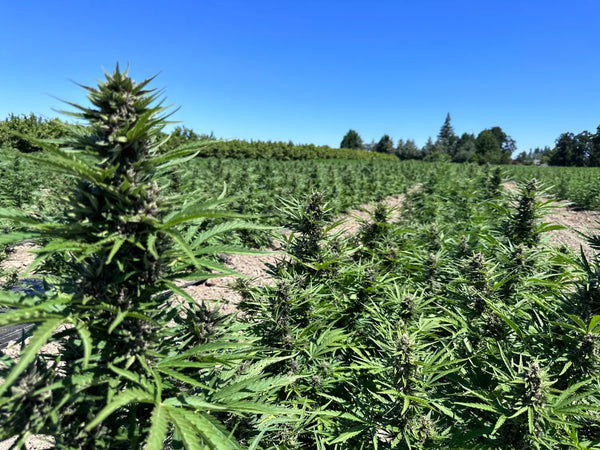
Red Flags and Quality Concerns
Recognizing indicators of poor quality or compromised products protects consumers from disappointing purchases and potentially unsafe products. These red flags often become apparent during visual inspection before any purchase commitment.
Signs of Improper Handling
Rough handling during processing, packaging, or transportation can significantly impact trichome integrity and overall product quality. Look for excessive shake or powder in packaging, which indicates trichome damage. Compressed or flattened flower structures suggest inappropriate packaging or storage conditions.
Quality THCA flower grading considers handling impact as a major factor in final product assessment. Premium products maintain their structural integrity and trichome coverage even after packaging and shipping processes.
Environmental Damage Indicators
Environmental factors during cultivation, harvest, or storage can create visible damage that impacts both quality and safety. Look for signs of mold, which appears as fuzzy growth or unusual discoloration. Water damage may manifest as dark spots or structural degradation.
Temperature fluctuations can cause trichome degradation that appears as amber coloration or structural collapse. Humidity issues might create overly dry, brittle flowers or excessively moist products that feel spongy rather than appropriately dense.
Chemical or Contamination Concerns
Visual inspection can sometimes reveal potential contamination issues that warrant further investigation. Unusual colors, textures, or foreign materials embedded in flowers should raise immediate concerns about product safety and quality standards.
Premium cultivators maintain strict quality control standards that prevent contamination issues, making these concerns rare in properly sourced products. However, consumers should remain vigilant and avoid products that display any questionable visual characteristics.
Strain and Seasonal Variations
Different cannabis strains exhibit varying trichome characteristics that reflect their unique genetic profiles and optimal growing conditions. Understanding these natural variations prevents mistaken quality assessments based on unfamiliar strain characteristics.
Indica vs. Sativa Trichome Patterns
Indica-dominant strains often display denser, more compact trichome coverage that reflects their genetic tendency toward resinous flower production. These patterns typically create the heavily frosted appearance that many consumers associate with premium quality.
Sativa-dominant varieties may exhibit different trichome distribution patterns that emphasize coverage on sugar leaves and flower surfaces rather than creating the same dense coating seen in indica varieties. These differences reflect genetic variation rather than quality disparities.
Seasonal Growing Impact
Outdoor cultivation cycles create seasonal variations in trichome development and final product characteristics. Fall harvests often display peak trichome development due to optimal temperature and light cycle conditions during the final weeks of flowering.
Indoor cultivation provides more consistent growing conditions, though variations in environmental control and harvest timing still influence final trichome quality and appearance characteristics.
Genetic Factors in Quality Assessment
Some strains naturally produce higher trichome densities or different color profiles due to their genetic makeup. Purple strains may display different trichome characteristics than green varieties, while certain genetics produce naturally amber-tinted trichomes even when harvested at peak timing.
Understanding these genetic variations prevents incorrect quality assessments and helps consumers appreciate the diverse characteristics that different strains can offer when properly cultivated and processed.
Storage Impact on Trichome Quality
Proper storage plays a crucial role in maintaining trichome integrity and overall product quality from harvest through consumption. Understanding storage impacts helps consumers both assess products and maintain quality after purchase.
Short-Term Storage Effects
Fresh products properly stored in appropriate containers maintain trichome integrity and potency for several months when kept in cool, dark, and dry conditions. Inappropriate storage conditions can cause rapid degradation that becomes visible through trichome color changes and structural damage.
Temperature fluctuations cause expansion and contraction that can damage delicate trichome structures, while excessive humidity promotes mold growth and potency degradation. Light exposure accelerates cannabinoid breakdown and creates visible color changes in trichomes.
Long-Term Preservation Strategies
Long-term storage requires careful attention to environmental factors that preserve trichome quality and overall product integrity. Glass containers with airtight seals provide excellent protection from air exposure and humidity fluctuations.
Temperature-controlled storage between 60-68°F with relative humidity around 58-62% creates optimal conditions for long-term preservation. These conditions maintain trichome structure while preventing mold growth and excessive drying.
Recognizing Storage-Related Degradation
Products that have experienced poor storage conditions display characteristic signs of degradation that become apparent during visual inspection. Overly brittle flowers that crumble excessively indicate low humidity exposure, while soft, spongy textures suggest excessive moisture exposure.
Trichome color changes from clear or milky white to amber or brown coloration often indicate age-related degradation or improper storage conditions. These changes typically correspond with reduced potency and altered effects profiles.
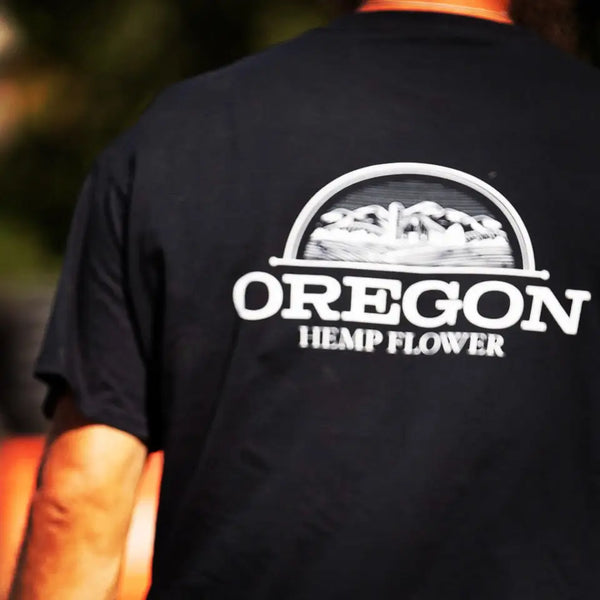
Professional vs. Consumer Inspection Methods
While consumers can effectively assess quality using basic tools and techniques, professional grading involves more sophisticated equipment and standardized evaluation criteria that provide comprehensive quality assessment.
Industry Standard Assessment Protocols
Commercial cannabis operations utilize standardized inspection protocols that evaluate multiple quality factors including trichome coverage, structural integrity, contamination presence, and overall aesthetic appeal. These protocols ensure consistent quality standards across different products and batches.
Professional graders use specialized equipment including high-powered microscopes, environmental controls, and standardized lighting conditions that provide more detailed assessment capabilities than typical consumer tools.
Consumer-Level Evaluation Techniques
Consumers can achieve effective quality assessment using readily available tools and systematic evaluation approaches. Consistent lighting, appropriate magnification, and methodical inspection procedures enable reliable quality determination for purchasing decisions.
Developing a personal evaluation system that considers individual preferences alongside objective quality indicators helps consumers make purchasing decisions that align with their specific needs and expectations.
Building Assessment Skills
Quality assessment skills improve with experience and exposure to diverse products from different sources and cultivation methods. Regular practice with magnification tools and systematic evaluation approaches builds confidence and accuracy in quality determination.
Comparing products from different sources while noting visual characteristics, pricing, and performance outcomes helps develop practical assessment skills that translate into better purchasing decisions over time.
Creating Your Quality Assessment Checklist
A systematic approach to quality assessment ensures consistent evaluation and helps prevent oversight of important quality indicators. This checklist provides a framework for thorough product evaluation.
Visual Inspection Points
Begin assessment with overall visual appeal, noting flower structure, color distribution, and general appearance characteristics. Examine trichome coverage density and distribution patterns across different areas of the flower samples.
Use magnification to assess individual trichome characteristics including color, structural integrity, and size consistency. Note any signs of damage, contamination, or environmental stress that might impact quality or safety.
Structural Evaluation Criteria
Evaluate flower density and structural integrity by gently handling samples to assess texture, moisture content, and overall condition. Quality flowers should feel appropriately dense without being overly compressed or excessively dry.
Check for appropriate moisture levels that allow flowers to break apart cleanly while maintaining structural integrity. Avoid products that feel overly wet, excessively dry, or display unusual textures that might indicate quality issues.
Documentation and Comparison Methods
Maintain records of assessment results including visual characteristics, source information, and performance outcomes to build a personal database of quality indicators and reliable sources.
Compare similar products from different sources to identify consistent quality differences and develop preferences based on personal needs and experiences with various quality levels.
Frequently Asked Questions About THCA Flower Quality
What magnification level is best for inspecting THCA flower?
30x magnification provides the ideal balance between detail visibility and practical usability for most consumers. This level clearly reveals trichome color, density, and structural condition without requiring specialized equipment or extensive experience with magnification tools.
How can I tell if THCA flower has been properly cured?
Properly cured best THCA flower displays intact trichomes with appropriate moisture content that allows clean breaking without excessive crumbling. The flowers should feel slightly sticky but not wet, with maintained structural integrity and preserved terpene profiles that indicate proper curing processes.
What trichome colors indicate the highest quality?
Predominantly milky white or cloudy trichomes typically indicate peak potency and quality timing. While some amber trichomes are normal, excessive amber coloration may indicate degraded potency or extended storage periods that have reduced overall quality.
How does outdoor vs. indoor cultivation affect trichome quality?
Both cultivation methods can produce exceptional quality when properly executed. Indoor cultivation provides more environmental control, while outdoor cultivation can benefit from natural light spectrums and seasonal growing cycles. Quality depends more on cultivation expertise than growing location.
Can damaged trichomes affect potency?
Yes, damaged or missing trichomes directly impact potency since these structures contain the highest concentrations of cannabinoids. Products with extensive trichome damage typically deliver reduced effects and may indicate poor handling or storage practices.
What should I avoid when inspecting THCA flower?
Avoid products with excessive amber trichomes, signs of mold or contamination, unusual odors, or structural damage that indicates poor handling. Be cautious of products with sparse trichome coverage or inconsistent quality characteristics that suggest inferior cultivation practices.
How do I store THCA flower to preserve trichome quality?
Store products in airtight glass containers in cool, dark locations with stable temperatures around 60-68°F. Maintain relative humidity around 58-62% using humidity control packs, and avoid temperature fluctuations or light exposure that can degrade trichome integrity.
Are there seasonal differences in THCA flower quality?
Outdoor harvests often peak in fall when environmental conditions optimize trichome development during final flowering weeks. Indoor cultivation provides more consistent quality year-round, though variations in growing conditions and harvest timing still influence final product characteristics.
Conclusion: Mastering THCA Flower Quality Assessment
Understanding trichome inspection fundamentals empowers consumers to make informed purchasing decisions and avoid disappointment from inferior products. The visual indicators discussed throughout this guide provide reliable methods for assessing quality without requiring extensive technical knowledge or expensive equipment.
Your Quality Assessment Checklist
Visual Inspection Priority Points:
- Dense, uniform trichome coverage across flower surfaces
- Predominantly milky white trichome coloration with minimal amber
- Intact trichome structures with visible heads attached to stalks
- Appropriate flower density and structural integrity
- Clean appearance without contamination signs or environmental damage
- Pleasant aroma indicating proper terpene preservation
- Appropriate moisture content allowing clean breaking without excessive crumbling
Red Flags to Avoid:
- Sparse or patchy trichome coverage
- Excessive amber or brown trichome coloration
- Broken or missing trichome heads
- Signs of mold, contamination, or environmental damage
- Unusual odors or chemical scents
- Overly dry, brittle texture or excessively moist, spongy feel
- Compressed or structurally damaged flowers

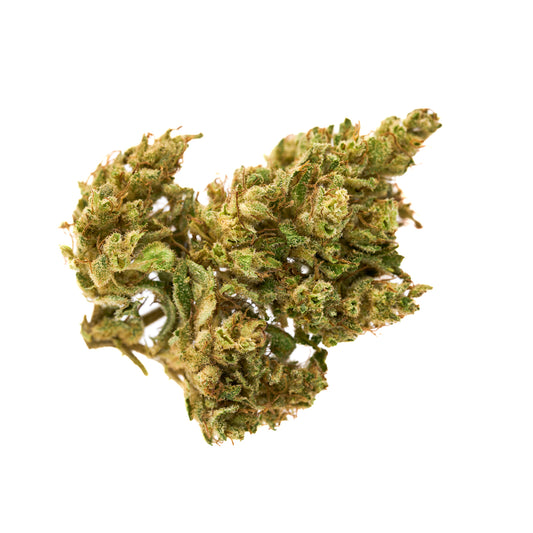
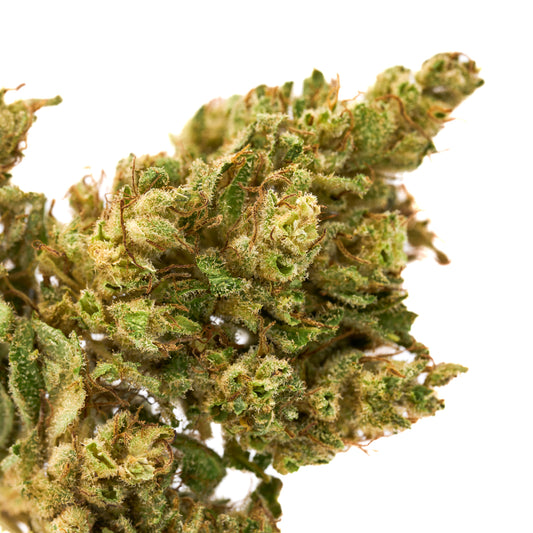
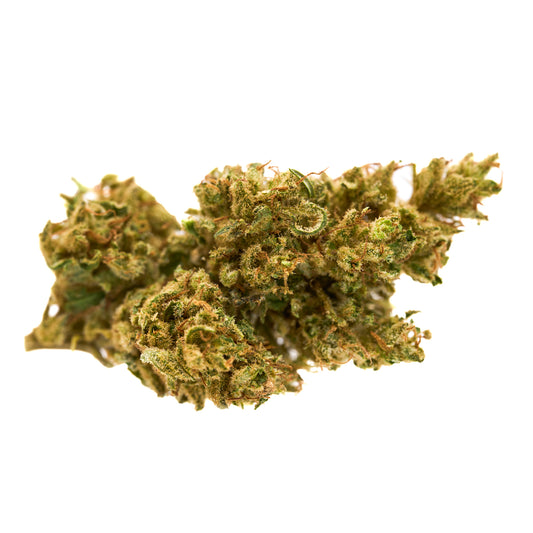
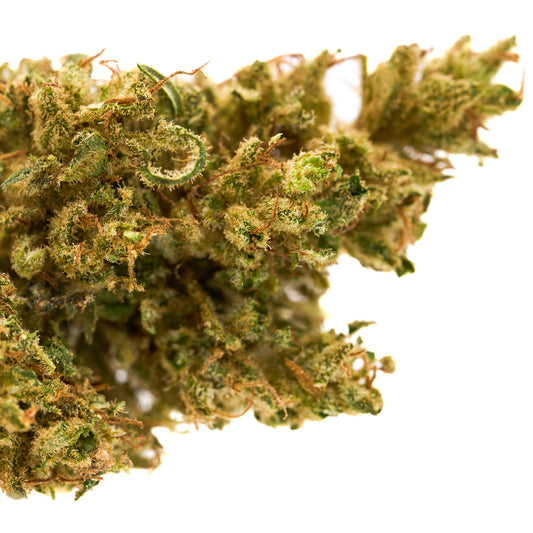
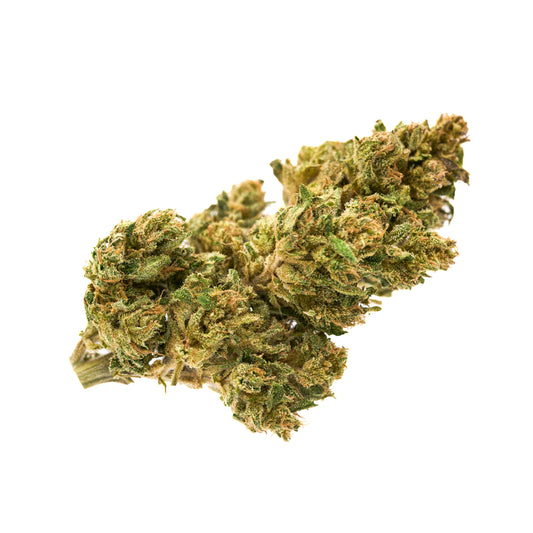
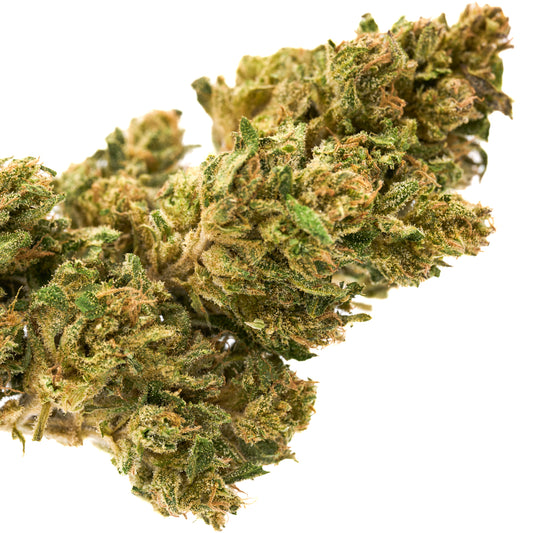



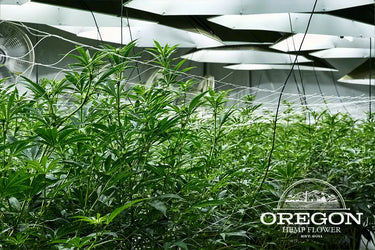

Leave a comment
Please note, comments need to be approved before they are published.